Topic: Exhibition
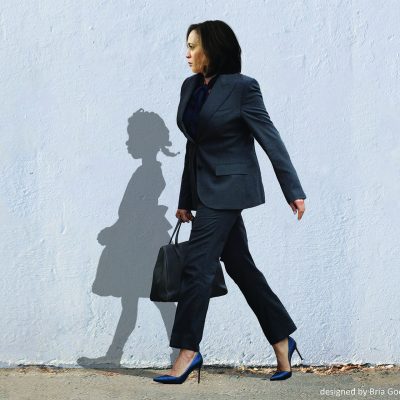
Kamala Harris Walking Alongside Ruby Bridge’s Shadow
Enjoy this artistic expression, written and narrated by contemporary artist Bria Goeller, as an introduction to our family-friendly program and conversation with her on Martin Luther King, Jr. Day. Norman Rockwell’s iconic images often inspire contemporary artists who reflect and shape society and continue the tradition to chronicle history in the making.
Learn more and honor Martin Luther King Jr. Day this Monday, January 18, by joining in a read aloud and conversation about the book Ruby Head High: Ruby Bridges’s First Day of School by Irene Cohen-Janca and illustrated by Marc Daniou. High school student, actress and singer Keely Rose O’Gorman will read. Following the reading, artist Bria Goeller will join Keely in a conversation about The Problem We All Live With and her work of art based on the painting. Reserve your ticket in advance for this event on NRM.org.
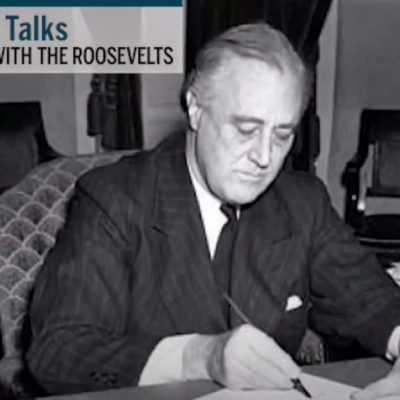
VIDEO: 1940 – A Presidential Election Like No Other
Produced by the FDR Library and Museum, this #AtHomeWithTheRoosevelts Author Talk, Professor Susan Dunn, discusses FDR’s historic election for a third term with FDR Library Director Paul Sparrow.
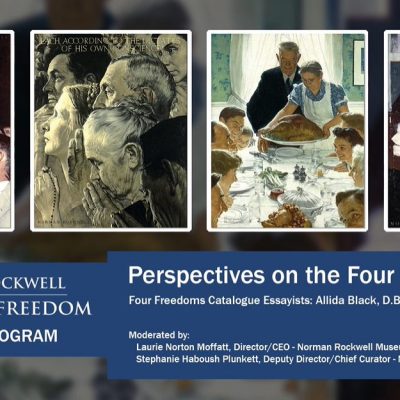
VIDEO: Imagining Freedom: Perspectives on the Four Freedoms
Recorded: October 23, 2020
https://www.rockwellfourfreedoms.org
Join three Imagining Freedom catalogue authors – outstanding scholars who will bring little known aspects of the Four Freedoms and Rockwell’s famed paintings into view. What did these stand for in their time? How did they shape perception and generate support for the war effort? Who were they speaking to and who was left out? What do they mean to us today?
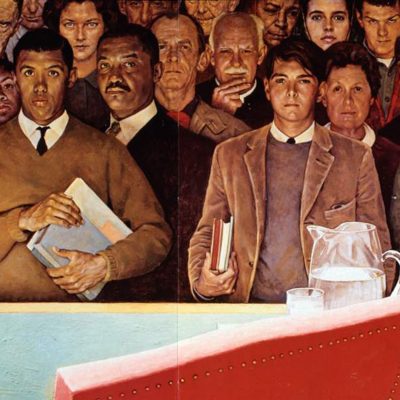
VIDEO: Imagining Freedom: Curator Preview
This video is a production of Norman Rockwell Museum. © 2020 Norman Rockwell Museum. All Rights Reserved.
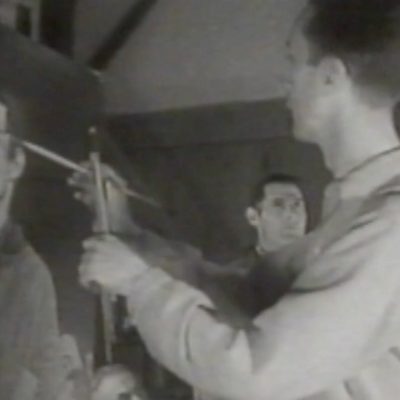
VIDEO: Norman Rockwell’s Four Freedoms
In the spring of 1942, Norman Rockwell was working on a piece commissioned by the Ordnance Department of the US Army, a painting of a machine gunner in need of ammunition.
Posters featuring Let’s Give Him Enough and On Time were distributed to munitions factories throughout the country to encourage production. But Rockwell wanted to do more for the war effort and determined to illustrate Roosevelt’s Four Freedoms. Finding new ideas for paintings never came easily, but this was a greater challenge.
This video is a production of Norman Rockwell Museum. © 2018 Norman Rockwell Museum. All Rights Reserved.
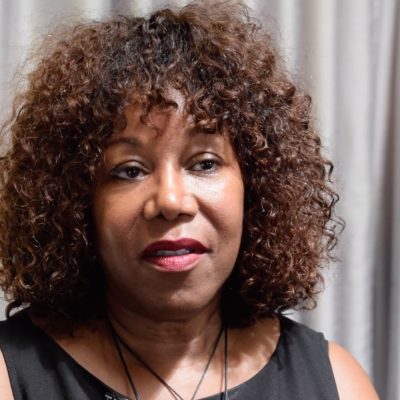
VIDEO: Freedom’s Legacy: A Conversation with Ruby Bridges
After ending his forty-seven year career with The Post in 1963, Rockwell sought new artistic challenges. His first assignment for Look—The Problem We All Live With—portrayed a six-year-old African-American girl being escorted by U.S. marshals to her first day at an all-white school in New Orleans, an assertion on moral decency.
This video is a production of Norman Rockwell Museum. © 2018 Norman Rockwell Museum. All Rights Reserved.
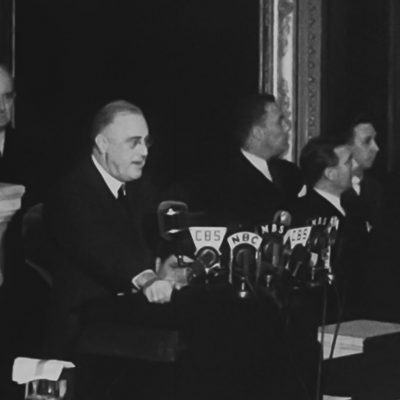
VIDEO: Franklin D. Roosevelt’s Four Freedoms
Although the nation was not yet at war in January 1941, President Franklin D. Roosevelt used his annual message to Congress to proclaim the Four Freedoms as a de facto war standard to one and all.
It was not until Norman Rockwell painted his Four Freedoms that Americans could really understand what they were fighting for and why the Four Freedoms were so important to the country and the world.
This video is a production of Norman Rockwell Museum. © 2018 Norman Rockwell Museum. All Rights Reserved.
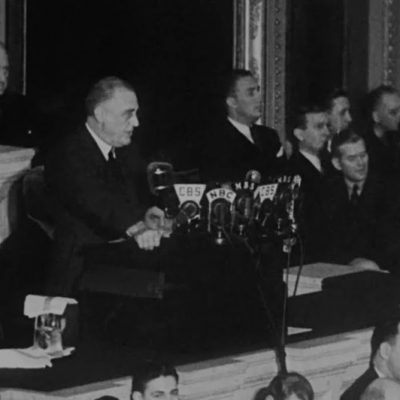
NORMAN ROCKWELL: IMAGINING FREEDOM – FDR’S FOUR FREEDOMS
Although the nation was not yet at war in January 1941, President Franklin D. Roosevelt used his annual message to Congress to proclaim the Four Freedoms as a de facto war standard to one and all.
Building on his reflections into the nature of freedom in the months beforehand, he enumerated for his audience each of the freedoms, stressing that they were not just a national ideal, but one that was needed “everywhere in the world.” Seven months later, in a secret meeting with Winston Churchill at sea, the two leaders signed the Atlantic Charter, whose principals built on the Four Freedoms and gave the president’s notion even more publicity.
Despite these highly public moments, however, the concept of the Four Freedoms failed to resonate on Capitol Hill, in journalistic reports, or even with the American public. Not even the government’s official Four Freedoms pamphlet, released six months after Pearl Harbor, was able to attract much attention. As pollster George Gallup noted, the president’s rallying cry had still “not registered a very deep imprint here at home.” By early 1943, staffers within the Office of War Information had begun to conclude in internal memoranda that FDR’s Four Freedoms theme had turned into an embarrassing flop.
It was not until Norman Rockwell painted his Four Freedoms that Americans could really understand what they were fighting for and why the Four Freedoms were so important to the country and the world.
ABOUT ROCKWELL, ROOSEVELT & THE FOUR FREEDOMS Rockwell, Roosevelt, & the Four Freedoms is a tour exhibition organized by the Norman Rockwell Museum, that will travel to seven cities across America and internationally to France. The exhibition opens in New York City at the New-York Historical Society on May 25, 2018.
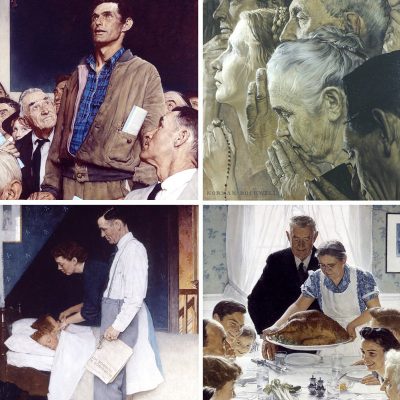
NORMAN ROCKWELL: IMAGINING FREEDOMS – ROCKWELL’S FOUR FREEDOMS
In the spring of 1942, Norman Rockwell was working on a piece commissioned by the Ordnance Department of the US Army, a painting of a machine gunner in need of ammunition.
Posters featuring Let’s Give Him Enough and On Time were distributed to munitions factories throughout the country to encourage production. But Rockwell wanted to do more for the war effort and determined to illustrate Roosevelt’s Four Freedoms. Finding new ideas for paintings never came easily, but this was a greater challenge.
While considering his options, Rockwell by chance attended a town meeting where a Vermont neighbor was met with respect when he rose among his neighbors to voice an unpopular view. That night he awoke with the realization that he could best paint the Four Freedoms from the perspective of his own experiences, using everyday scenes as his guide. Rockwell made some sketches and, accompanied by fellow Saturday Evening Post artist Mead Schaeffer, went to Washington to propose his ideas.
In the summer of 1942, when he was contemplating the Four Freedoms, Norman Rockwell was at the peak of his career and one of the most famous image makers in America. Though he struggled for months with how Roosevelt’s ideas could most effectively be portrayed, he resolved to root the universal, symbolic images in his own experiences and surroundings, using his Arlington, Vermont neighbors as models.
As was his complex, customary process, the artist’s thumbnail drawings and large scale charcoal sketches, no longer extant, were followed by preliminary color studies in oil before he finished his paintings seven months later. Freedom from Want and Freedom from Fear were clearly conceptualized in his mind from the start, but Freedom of Speech and Freedom of Worship presented greater challenges. For each painting, he carefully choreographed the expressions and poses of each of his chosen models, and worked closely with his studio assistant Gene Pelham to photograph them for future reference. Freedom of Worship was initially set in a barber shop with people of different faiths and races chatting amiably and waiting their turn, a notion that Rockwell ultimately rejected as stereotypical. For Freedom of Speech, he experimented with several different vantage points, including two that engulfed the speaker in the crowd. In the final work, the speaker stands heads and shoulders above the observers, the clear center of attention.
In April 1943, one month after their appearance in the Saturday Evening Post, Rockwell’s original paintings began a sixteen-city Four Freedoms War Bond Show tour to publicize the Second War Loan Drive. The U.S. Treasury Department, realizing their potential to generate revenue through the sale of war bonds and to boost public morale, partnered with the Post to sponsor the tour.
ABOUT ROCKWELL, ROOSEVELT & THE FOUR FREEDOMS Rockwell, Roosevelt, & the Four Freedoms is a tour exhibition organized by the Norman Rockwell Museum, that will travel to seven cities across America and internationally to France.
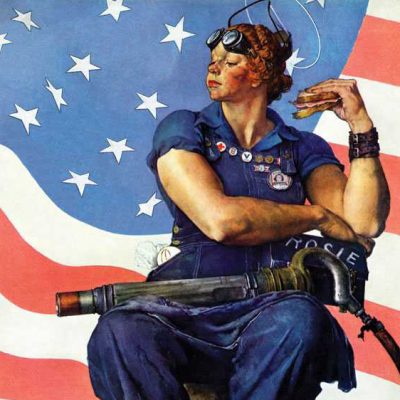
NORMAN ROCKWELL: AMERICAN FREEDOM – ROSIE THE RIVETER
Rosie the Riveter emerged as an emblem of the working woman during World War II, the center of a campaign aimed at recruiting female workers for defense industries.
Visualized in the early 1940s by American illustrators J. Howard Miller and Norman Rockwell, Rosie represented women who entered the workforce in unprecedented numbers during the war as widespread male enlistment greatly diminished the industrial labor force. In 1943, when Rockwell painted his overall-clad icon, more than 310,000 women were employed in the U.S. aircraft industry alone, making up sixty-five percent of its total workforce compared to just one percent in the pre-war years. As a popular song by Redd Evans and John Jacob Loeb recounted:
“All the day long whether rain or shine She’s a part of the assembly line She’s making history, working for victory Rosie the Riveter”
ABOUT ROCKWELL, ROOSEVELT & THE FOUR FREEDOMS Rockwell, Roosevelt, & the Four Freedoms is a tour exhibition organized by the Norman Rockwell Museum, that will travel to seven cities across America and internationally to France.
The exhibition opens in New York City at the New-York Historical Society on May 25, 2018.
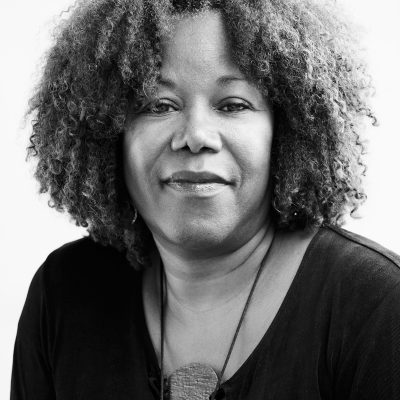
NORMAN ROCKWELL: AMERICAN FREEDOM – RUBY BRIDGES
CHANGING TIMES: ROCKWELL AND CIVIL RIGHTS In the 1960’s, leaving behind his beloved storytelling scenes, Norman Rockwell threw himself into a new genre—the documentation of social issues.
As evidenced in his Four Freedoms paintings, Rockwell wanted to make a difference with his art, and as a trusted and highly marketable illustrator, he had the opportunity to do so. Humor and pathos—traits that made his Saturday Evening Post covers successful—were replaced by the direct, reportorial style of magazine editorials.
After ending his forty-seven year career with The Post in 1963, Rockwell sought new artistic challenges. His first assignment for Look—The Problem We All Live With—portrayed a six-year-old African-American girl being escorted by U.S. marshals to her first day at an all-white school in New Orleans, an assertion on moral decency. In 1965, Rockwell focused on the murder of three civil rights workers in Philadelphia, Mississippi, and in 1967, he chose children, once again, to illustrate desegregation in our nation’s suburbs. In an interview later in his life, Rockwell recalled that he once had to paint out an African-American person in a picture since The Post’s policy dictated showing people of color in service industry jobs only. Freed from such restraints, Rockwell anxiously sought opportunities to correct the editorial prejudices reflected in his previous work.
Rockwell, Roosevelt, and the Four Freedoms is an exhibition organized by Norman Rockwell Museum, Stockbridge, MA.
This video is a production of Norman Rockwell Museum. © 2018 Norman Rockwell Museum and the Academy of Art University. All Rights Reserved.
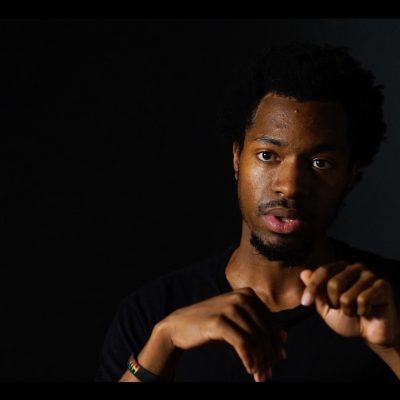
VIDEO: Speeches of Freedoms
Speeches of Freedom is an exclusive feature in Norman Rockwell in VR: The Four Freedoms, a virtual reality experience the accompanied the exhibition on the six-city tour.
This video is a production of Norman Rockwell Museum. © 2018 Norman Rockwell Museum and the Academy of Art University. All Rights Reserved.


